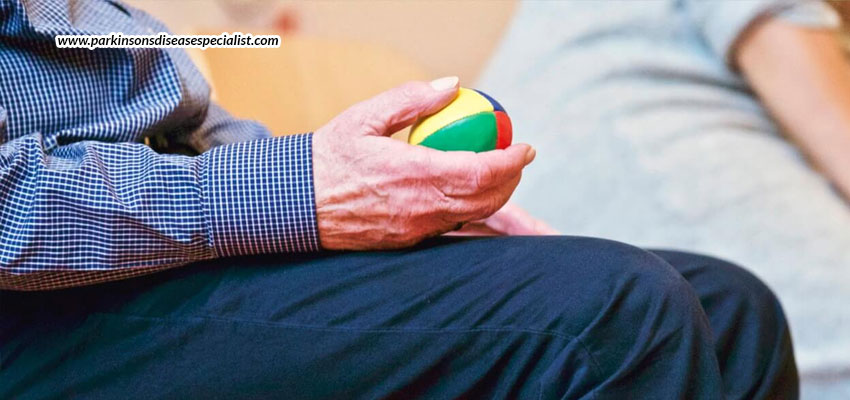
30 Jul Coping up with Parkinson’s disease?
While PD usually progresses slowly, eventually daily routines may be affected-from socializing with friends to earning a living and taking care of a home. These changes can be difficult to accept. Family and friend support, support groups can help people cope with the disease’s emotional impact.
Studies have showed that majority of patient with Parkinson’s disease have psychosocial impact due the hand tremor, drooling of saliva or slowness of walking. Discussing these with your Parkinson’s disease specialist who is a Movement Disorders fellowship trained neurologist is beneficial. There are ways with which the symptoms of Parkinson’s can be improved with medical or injection therapies and physiotherapy.
People with PD may also benefit from being proactive and finding out as much as possible about the disease in order to alleviate fear of the unknown and to take a positive role in maintaining their health. Many people with PD continue to work either full- or part-time, although they may need to adjust their schedule and working environment to accommodate their symptoms.
Living With Parkinson’s Disease
Although medications are the primary treatment of Parkinson’s disease, you can use many other strategies to help manage your condition and live a full and active life.
- Plan periods of rest and activity to take advantage of energy peaks.
- Scheduling rest and relaxation periods throughout the day is important since fatigue and tension can worsen symptoms.
- Keep a record of symptoms and responses to your medications. This helps your physician determine the best medication schedule for you.
- Living with Parkinson’s disease will require adjustments for you and your family.
- Understanding the disease process, following the recommended treatment, and establishing good communication with your family and physician will make the adjustments easier.
- Support groups for individuals and family members affected by Parkinson’s disease are available in many communities.







